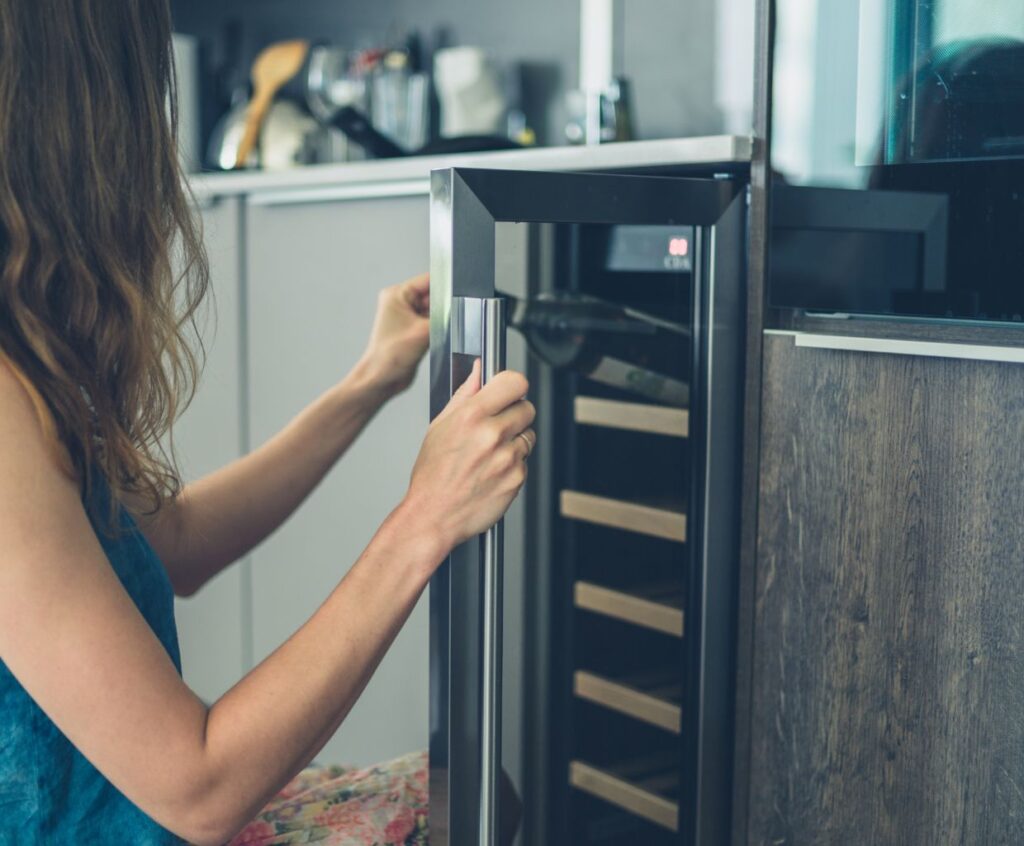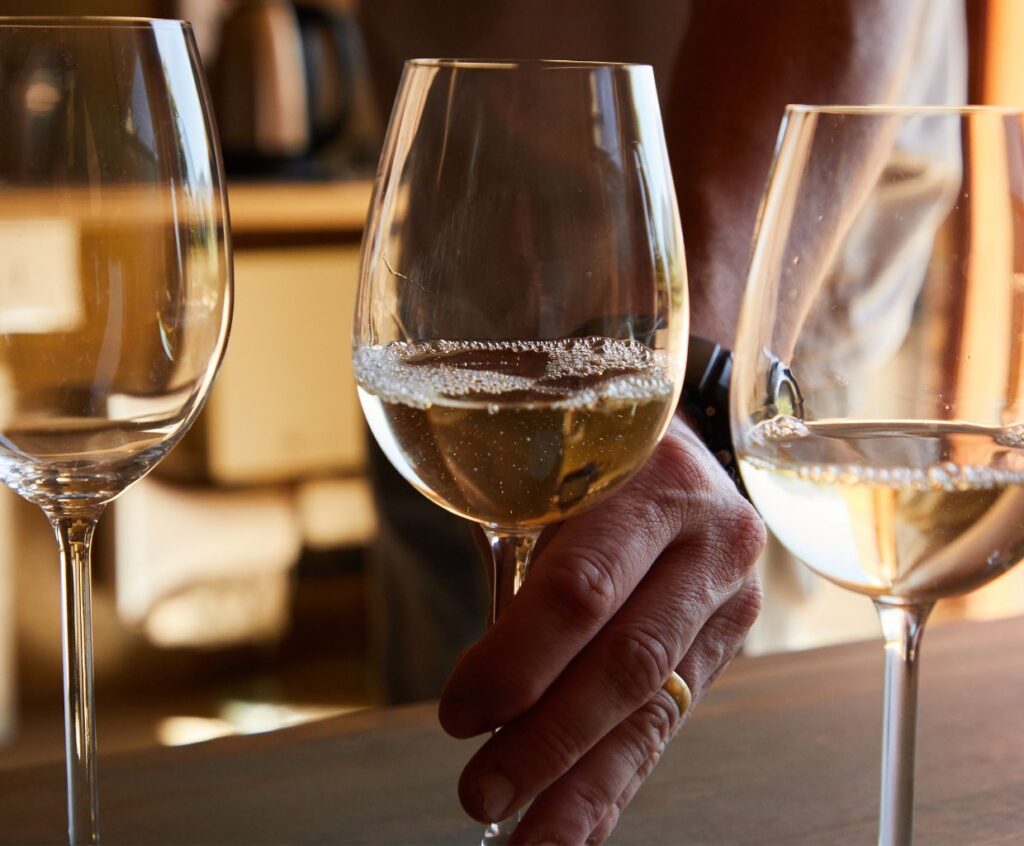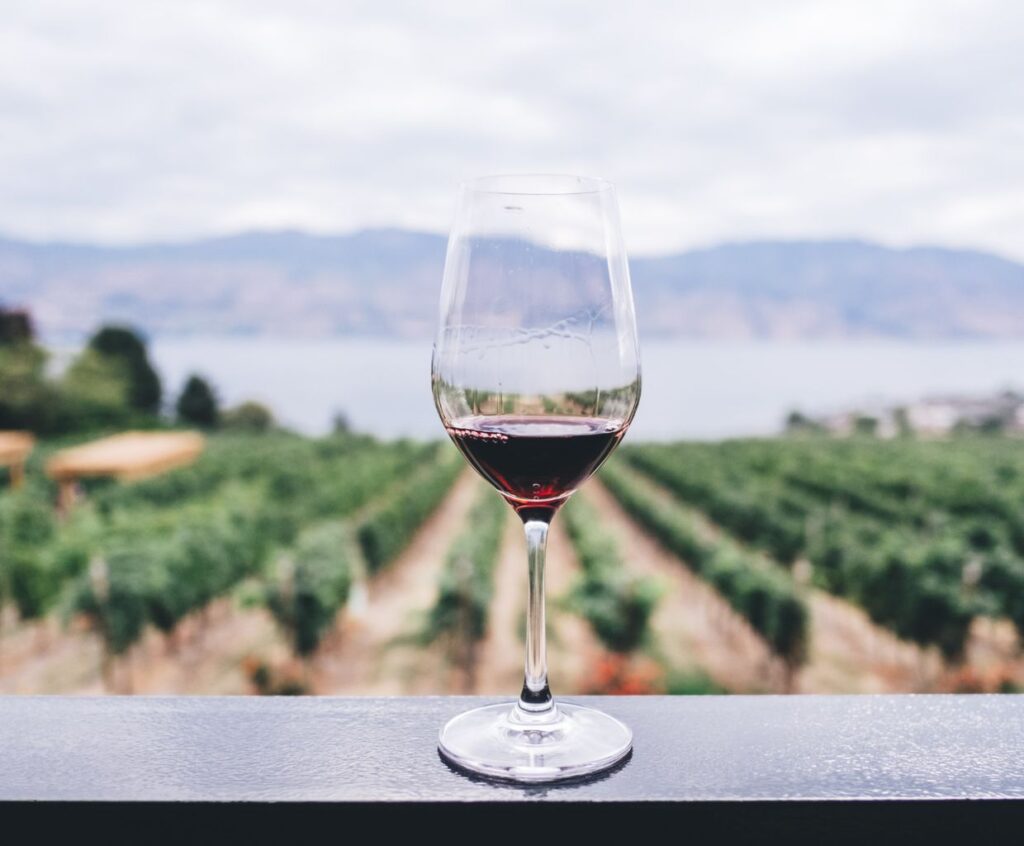From Crisp to Complex: Understanding How Long White Wine Lasts
White wine is a refreshing and versatile beverage many worldwide enjoy. Whether you prefer a crisp and light Sauvignon Blanc or a complex and oaky Chardonnay, understanding how long white wine lasts can help you make the most of your bottle.
Factors Affecting White Wine Shelf Life
Several factors come into play when determining how long a white wine can be stored and enjoyed:
1. Variety
Not all white wines are created equal. Some varieties are meant to be consumed young and fresh, while others can age gracefully for many years. Generally, light-bodied wines like Riesling and Pinot Grigio are best enjoyed within a few years of release, while fuller-bodied wines like Viognier and Semillon can develop more complexity and depth with age.
2. Winemaking Techniques
The winemaking process can significantly influence a white wine’s longevity. For example, wines that undergo malolactic fermentation tend to have a longer shelf life due to the reduction of acidity. Oak aging can also impart additional flavors and structure, allowing the wine to age gracefully.
3. Storage Conditions
Proper storage conditions are crucial for preserving the quality of white wine. Excessive heat, light, and fluctuations in temperature can all accelerate the aging process and result in a prematurely oxidized or “cooked” wine. White wine should be stored in a cool, dark place with a consistent temperature between 45°F and 65°F.
How Long Can White Wine Last?
While every white wine is unique, here is a general guideline for how long different styles of white wine can last:
-
- Crisp and Light White Wines: These wines are typically meant to be consumed within 1-3 years of release. Their vibrant acidity and fresh fruit flavors are best enjoyed when young.
-
- Full-Bodied White Wines: Wines with more body and structure, such as oaked Chardonnay or aged Sauternes, can age gracefully for 3-10 years or even longer. These wines develop more complex flavors and aromas with time.
-
- Sparkling White Wines: Like Champagne and Prosecco, Sparkling wines are known for their enthusiasm and lively nature. Most non-vintage sparkling wines are best consumed within 3-5 years, while vintage Champagnes can age for a decade or more.
It’s important to note that these are just general guidelines, and individual bottles may vary. Some white wines may surprise you and continue to evolve positively beyond their expected lifespan, while others may start to decline sooner than anticipated. Always trust your taste buds and assess each bottle on a case-by-case basis.
What factors contribute to the transition of white wine from a crisp to a complex flavor profile over time?
The transition of white wine from a crisp to a complex flavor profile over time is influenced by several factors, including:
1. Aging: Certain white wines can benefit from aging, like red wines. Over time, the flavors in white wines can develop and become more complex. Aging allows the wine to integrate and evolve, resulting in a richer taste.
2. Oxidation: Controlled exposure to oxygen can contribute to developing complex flavors in white wine. Oxygen interacts with the compounds in the wine, leading to changes in flavor and aroma. However, excessive oxidation can lead to a loss of freshness and a decline in quality.
3. Acidity: White wines with higher acidity tend to age better and develop more complex flavors. Acidity acts as a preservative and helps the wine remain fresh during aging.
4. Sugar levels: The sugar content of white wine can affect its aging potential. Wines with higher residual sugar may develop more complex flavors over time as the sugar interacts with other components in the wine.
5. Oak aging: Some white wines, such as Chardonnay, are often aged in oak barrels. The interaction between the wine and the oak can impart additional flavors and aromas, contributing to the complexity of the wine.
6. Lees contact: Leaving the wine in contact with the spent yeast cells, known as lees, can add complexity and richness to the flavor profile. This process, called sur lie aging, is commonly used for certain white wines like Chardonnay and Sauvignon Blanc.
7. Varietal characteristics: Different white grape varieties have inherent flavor profiles that can evolve and become more complex with age. For example, Riesling wines can develop petrol notes and honeyed flavors over time.
It’s important to note that not all white wines are meant to be aged. Some white wines are best enjoyed when young and fresh, as aging may cause them to lose their vibrant characteristics.
What are the main differences in the aging potential and flavor development between oaked and unoaked white wines?
The aging potential and flavor development in oaked and unoaked white wines differ significantly. Here are the main differences:
1. Aging Potential: Oaked white wines generally have a higher aging potential than unoaked white wines. The oak aging process imparts tannins and other compounds that help the wine develop complexity and depth over time.
2. Flavor Development: Oaked white wines often exhibit flavors of vanilla, toast, caramel, and spice due to the influence of oak barrels. These flavors can intensify and integrate with the fruit flavors as the wine ages. On the other hand, unoaked white wines tend to showcase more primary fruit flavors, floral notes, and freshness.
3. Texture: Oaked white wines often have a more prosperous and creamier texture due to the oak aging process. The tannins and oak compounds can add a velvety mouthfeel and enhance the wine’s body. On the other hand, unoaked white wines typically have a lighter and crisper texture.
4. Aromatics: Oaked white wines have more complex and layered aromas than unoaked white wines. The oak aging can contribute to spice, nuttiness, and toastiness, complementing fruit aromas. Unoaked white wines generally have more pronounced fruit and floral aromatics.
5. Food Pairing: Oaked white wines, with their more decadent flavors and textures, pair well with more prosperous and flavorful dishes such as roasted chicken, creamy pasta, and grilled seafood. Unoaked white wines, with their vibrant acidity and fresh fruit flavors, are often better suited to lighter dishes, salads, and seafood.
It’s important to note that these differences may vary depending on the specific grape variety, winemaking techniques, and individual wine producers.
Understanding How Long White Wine Lasts – Conclusion
Understanding how long white wine lasts can help you make informed decisions when purchasing and storing your favorite bottles. By considering the variety, winemaking techniques, and storage conditions, you can ensure that your white wine is enjoyed at its best.
So, whether you’re sipping a crisp and refreshing white on a sunny afternoon or savoring a complex and aged white with a special meal, take pleasure in every sip and savor the flavors white wine offers.




